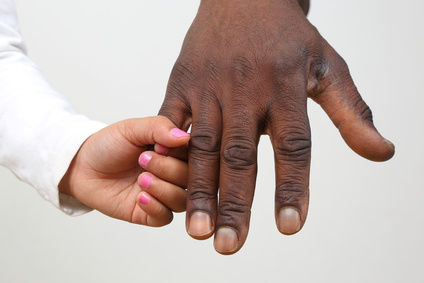Gifts for foster kids abound at Capitol as state’s system reports improvements
by December 11, 2019 8:12 am 512 views

Legislators, lobbyists, and state government employees brought Christmas presents to the Capitol for foster kids Tuesday (Dec. 10), two months after the state’s foster care agency released a report showing improvements in the system over the past three years.
This was the fifth year for the Christmas in the Capitol event, organized this year by Sen. Missy Irvin, R-Mountain View, and Rep. Charlene Fite, R-Van Buren. Gov. Asa Hutchinson, briefly wearing a red Santa hat at the event, later made remarks.
Some of the gifts were provided to foster kids up for adoption. At one point, one of the children declared this is the “best Christmas ever.” Other gifts were given to several young people involved in the Division of Youth Services, the state entity responsible for juvenile offenders.
The rest of the gifts will be distributed to some of the children in foster care across Arkansas. Foster children are those removed from their families by the state because of abuse, neglect, parental drug use or other reasons. The gifts were taken to the Department of Human Services’ central office, where invited foster parents can “shop” for their foster children. Staff members also will shop for gifts to be distributed to foster children.
This year’s Christmas in the Capitol came two months after DHS released a report, Family First Fits Us, describing some of the system’s recent successes since 2016. That year, DHS released a report, “Moving Beyond Crisis.”
Among those successes:
– The number of children in foster care fell from 5,196 in late 2016 to 4,285 in August. As of Dec. 10, it was 4,270.
– The percentage of children removed from homes who are then placed with relatives has increased from 21.3% in 2016 to 30.3%, which is just short of the state’s goal of 33%. Meanwhile the children placed in family-like settings has risen from 77.6% to 86.9%.
– The ratio of available foster beds to foster children has improved from .69 in 2016 to .79.
– The average caseload per family service worker has dropped from 28 to 19. Over the past 2.5 years, the agency has been budgeted 187 new positions. The number of filled positions had increased 7% in August from the previous September. The state received a grant in January from the National Child Welfare Workforce Institute to address workforce needs.
– The number of overdue investigations had dropped from 721 to 104.
Following “Moving Beyond Crisis,” DHS released a second report in 2017, “Renewed Hope,” which focused on strengthening families so children remain at home, on improving the system, and on building a strong DCFS workforce. Among the agency’s various programs is Baby and Me, a partnership with the Department of Health to provide parenting classes to infants’ parents who receive state benefits. Another offering, the Predict Align Prevent Program, uses data to identify areas in Little Rock where child maltreatment is likely to occur. It is also mapping available support services.
The agency has focused on achieving permanency for removed foster children quickly, whether that’s with a birth parent, a relative or an adoptive home. This year, legislators passed Act 968 to allow fictive kin to be considered for federal subsidized guardianship according to the same criteria used for blood relatives. Fictive kin are non-related adults with whom a child has a family-like relationship. Act 558 reinforced the concept that unsupervised visits between foster children and their parents, when appropriate, is in the child’s best interest.
DCFS is led by Mischa Martin, who has worked 11 years for DHS, the first seven as an attorney and the last four as DCFS director. She said the best-case scenario is for a child in foster care to be returned to their parents, as long as that home is safe and appropriate based on an assessment. The next best solution involves sending children to stay with relatives, followed by foster families.
Martin said children have a natural relationship with biological relatives, which has informed the agency’s attempts to send foster children into those kinds of living arrangements.
“If my parents are not there, my Grandma can tell me about my family history,” she said. “My Grandma can introduce me to aunts and uncles, and I can say, ‘Oh, I look like my aunt. I act like my aunt.’ There is a strong, natural bond between blood relatives, right? But there are times that Grandma’s not appropriate. It is a case by case assessment, but we want to try and maintain that family connection if we can.”
